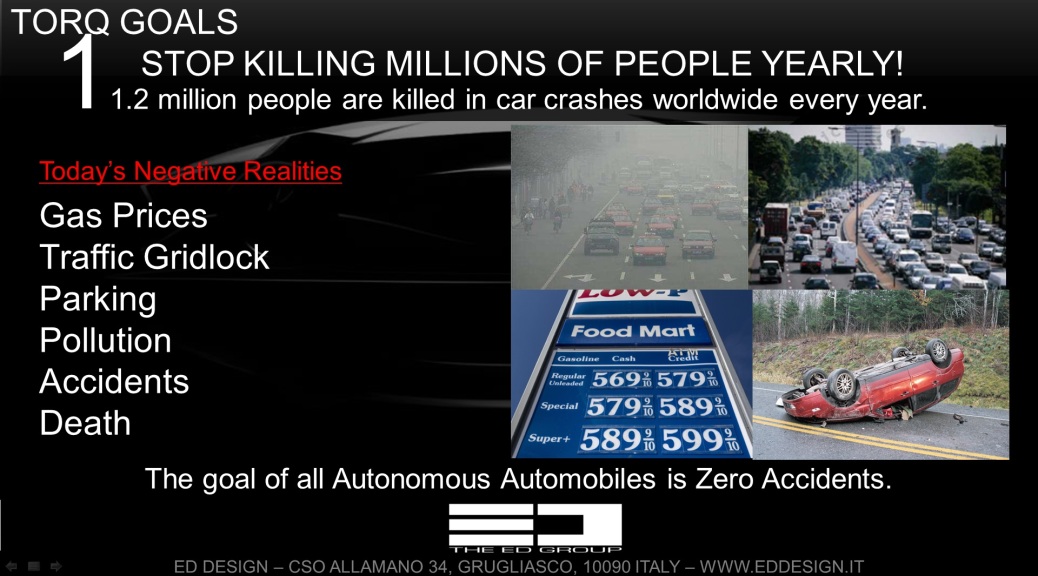[Image courtesy of ED Design & Mike Robinson]
The National Association of City Transportation Officials (NACTO) just released their policy statement on automated vehicles last month, which echoes what many of us suggested at the 7/11/16 WAG meeting. To paraphrase what Kirk Vartan so eloquently said, “The renderings we saw [last night] would have been great if this were 15 years ago.”
The reality is that things are going to be much different 15 or 24 years from now because of automation, connectedness, electrification and sharing and this needs to be factored in the planning.
The NATCO report is here:
http://nacto.org/wp-content/uploads/2016/06/NACTO-Policy-Automated-Vehicles-201606.pdf
NATCO is advocating some pretty disruptive ideas, like Level 4 automation (no steering wheels), maximum 25 MPH in the city core and that the planning process needs to account for the significantly lower travel costs afforded by connected, shared and automated mobility.
“Plan for the future of cities. Future visioning for automated vehicles should begin from the inside out, from the centers of our economy, looking at land use as well as transportation. Theories of automation that focus simply on fitting more vehicles into an expressway lane every hour are beginning from the product of the economy rather than the motor of the economy. Great cities generate traffic; traffic does not generate great cities. Technology has the power to help communities achieve their visions both for transportation and for land use, taking public space back from congestion, traffic and parking. Parking requirements and general curb space usage are particular areas where a decrease in vehicle storage needs could bring about a new era for city streets. Planning should begin with a vision for the future city and put resources into solving for the best methods for providing mobility in low, medium, and high density corridors and environments, from a public investment and a total investment perspective.”
